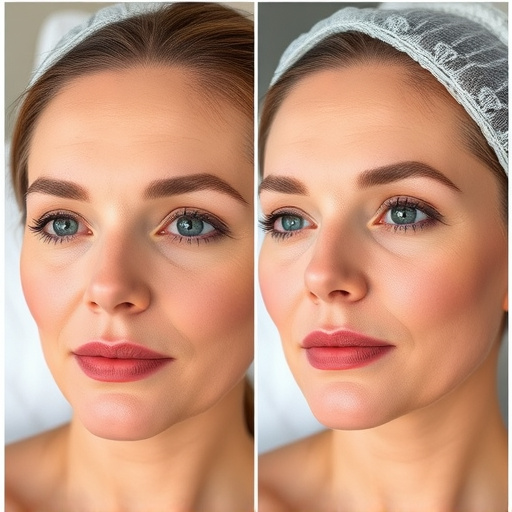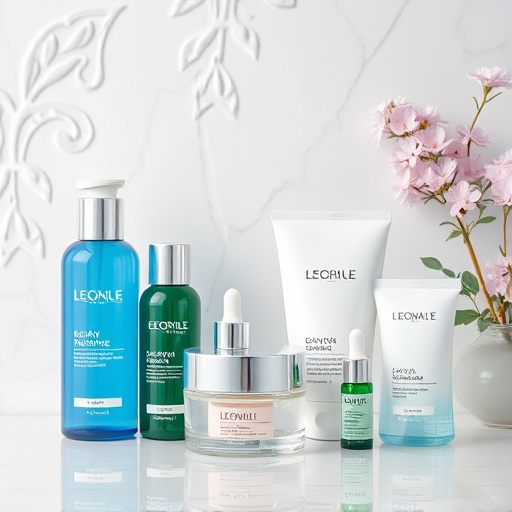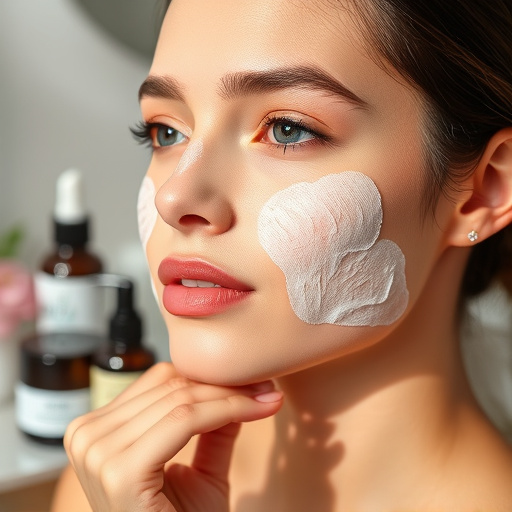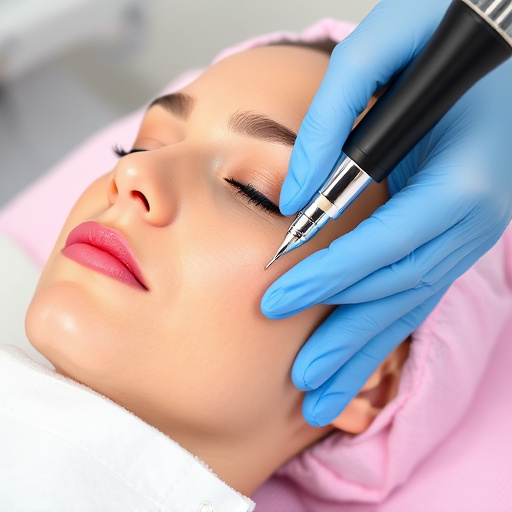Optimal scheduling for oil control facials varies by skin type, with combination/oily skin needing them every 4-6 weeks and dry/sensitive skin every 8-12 weeks. Regular facials prevent acne, unclog pores, hydrate skin, and serve as a foundation for anti-aging routines. A personalized skincare plan focusing on oil control facials every 2-3 months (or less for dry/sensitive skin) balances moisture levels and maintains skin health. Consulting professionals ensures tailored products and treatments for your unique skin type.
Are you struggling with excess oil on your face? It’s time to consider incorporating an oil control facial into your skincare routine. Understanding your skin type and its unique oil production is key, as it dictates how often you should schedule these treatments. Regular facials offer numerous benefits, from deep cleansing to refining pores and maintaining a balanced complexion. This article guides you through the process of creating a tailored skincare routine for optimal oil control, ensuring your face stays matte and refreshed throughout the day.
- Understanding Your Skin Type and Oil Production
- Benefits of Regular Oil Control Facials
- Creating a Skincare Routine for Optimal Oil Control
Understanding Your Skin Type and Oil Production

Understanding your skin type is a crucial first step in determining how often you should schedule an oil control facial. Different skin types have distinct characteristics and oil production levels, which influence the frequency of treatments needed to maintain a balanced complexion. For instance, those with combination or oily skin may require more frequent facials, typically every 4-6 weeks, to manage excess sebum (skin oil) production. In contrast, individuals with dry or sensitive skin might only need a pore refinement treatment every 8–12 weeks, focusing on hydration and balancing the skin without stripping it of its natural oils.
Identifying your skin’s needs is essential, as it determines the best approach to controlling oil. While laser hair removal may not directly relate to oily skin concerns, treatments like anti aging procedures or advanced pore refinement techniques can offer additional benefits for certain skin types. Knowing when and how often to schedule an oil control facial ensures your skincare routine aligns with your unique requirements, promoting a healthy, balanced complexion.
Benefits of Regular Oil Control Facials

Regular oil control facials offer a multitude of benefits for maintaining and improving skin health. By focusing on addressing excess sebum production, these specialized treatments help to prevent clogged pores, reducing the risk of acne breakouts and other skin impurities. This is especially beneficial for those with combination or oily skin types who struggle with shine throughout the day.
Furthermore, oil control facials can enhance overall skin texture and appearance. Skilled estheticians use advanced techniques and products to deeply cleanse the skin, removing buildup and excess oil while also providing essential hydration without adding unwanted moisture. In addition to promoting a clear and radiant complexion, these treatments can serve as an excellent foundation for incorporating other anti-aging strategies, such as moisturizing facials and targeted skincare routines, into your beauty regimen.
Creating a Skincare Routine for Optimal Oil Control

Creating a skincare routine tailored for optimal oil control facial is essential to managing excess sebum production and maintaining a clear, balanced complexion. The frequency of your oil control facial treatments should be aligned with your skin’s needs. For those with naturally oily or combination skin, scheduling these facials every 2-3 months can help regulate oil levels and prevent breakouts. However, individuals with more dry or sensitive skin types may require less frequent visits, perhaps once every 4-6 months.
A well-curated routine incorporates various techniques like gentle exfoliation (e.g., chemical peels) to remove dead skin cells and unclog pores, followed by a hydrating facial to balance the skin’s moisture levels without adding excess oil. Personalized skincare is key; consider consulting a dermatologist or esthetician who can recommend specific products and treatments tailored to your skin type, ensuring both effective oil control and overall skin health.
In conclusion, incorporating regular oil control facials into your skincare regimen is a proactive step towards managing excess oil and maintaining a balanced complexion. By understanding your skin type and combining it with tailored treatments, you can effectively control shine and prevent clogged pores. Remember, a consistent skincare routine focusing on oil control is key to achieving and maintaining healthy, radiant skin. So, why not schedule that oil control facial more often than you think? Your skin will thank you for it!














